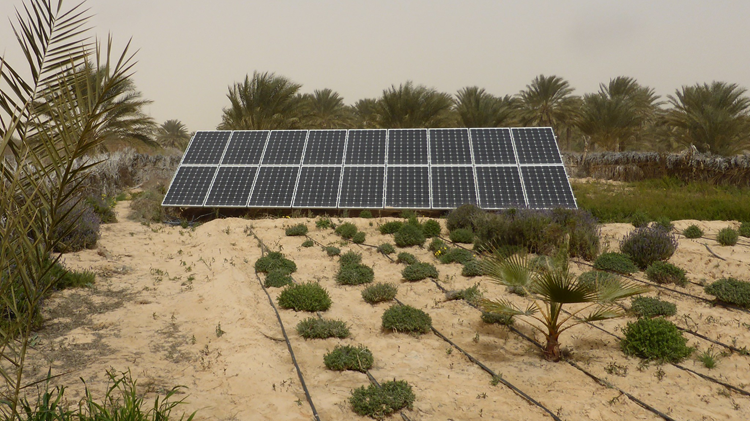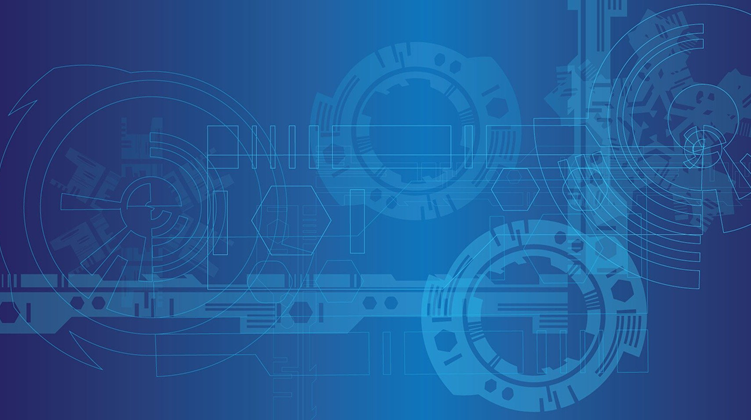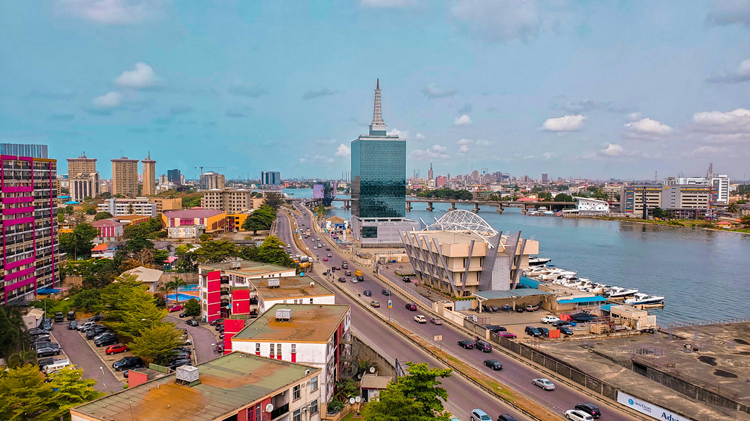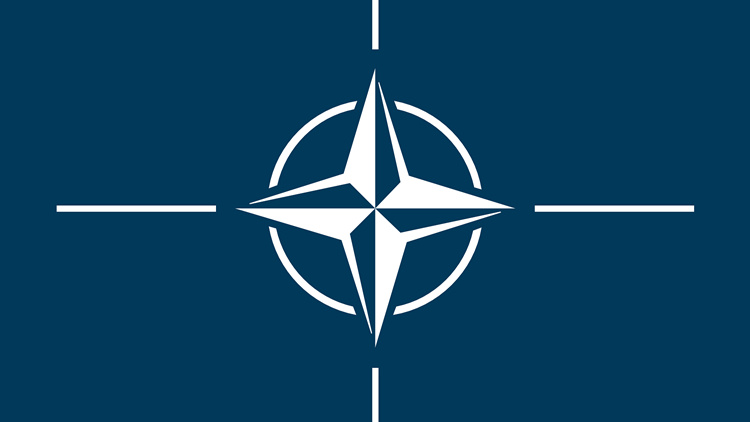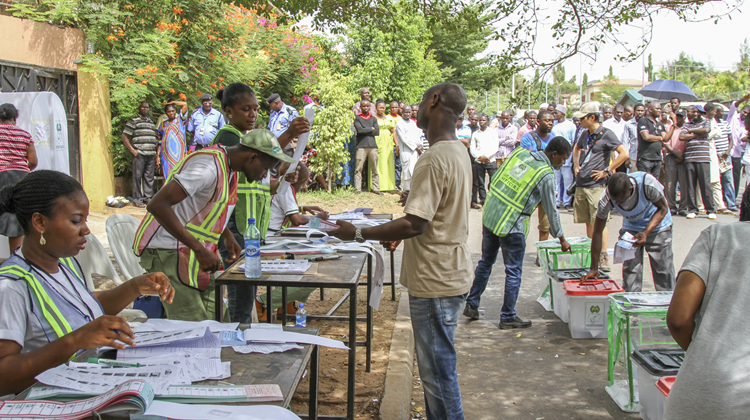Can floating liquefied natural gas (FLNG) outsmart insecurity or exacerbate it?

FLNG offers new energy frontiers in fragile contexts, but its offshore nature may bypass communities and entrench the very risks it aims to avoid.
Africa seeks to unlock an estimated 17.8 trillion cubic meters in natural gas reserves, leveraging floating liquefied natural gas (FLNG) as a circumvention to fragile and high-risk environments. FLNG is promoted as accessible, flexible and a less vulnerable alternative to insecure land-based infrastructure, ensuring continued energy production. But can it truly sidestep instability, or does it risk aggravating the very development gaps it seeks to avoid?
Recently, Eni, an Italian energy company, awarded a contract to Samsung Heavy Industries Co. for preliminary work to build Mozambique’s second floating liquefied natural gas (FLNG) project, Coral North. FLNG technology makes the production, liquefaction and storage of natural gas possible at sea. Eni’s expansion is a keystone project for new Mozambican President Daniel Chapo's push to resume US$57 billion gas investments in the tumultuous region of Cabo Delgado.
Cabo Delgado province is home to the country’s most violent insurgency. Since 2017, the rise in terrorism has disrupted the province’s economic activities and exacerbated preexisting issues of extreme poverty. ISIS-Mozambique's March 2021 spectacular attack resulted in the seizure and occupation of the town of Palma for four days. While in control, the organisation's members killed dozens of security officers, local civilians, and foreign workers. This forced TotalEnergies to declare a force majeure on its 2020 US$20 billion onshore and offshore LNG investment in the region. Work has only now resumed after a four-year freeze.
While TotalEnergies experienced setbacks and operational losses, Eni's flagship project Coral Sul, anchored in the Rovuma Basin, continued operations as Africa’s first FLNG project. Eni continued production largely unfazed by the security situation, thanks to Coral Sul's offshore design. This is a resilience that has drawn attention to FLNG’s design advantages and relative lack of maritime threats in the region so far. However, it remains to be seen how future security dynamics might evolve.
Why FLNG stays ahead of pirates and terrorists
Traditional oil tankers and offshore platforms are vulnerable to maritime crime. In a report from Mexico News Daily, pirates in the Gulf of Mexico armed with guns, machetes, and knives using high-powered speedboats have repeatedly targeted platforms and vessels.
In 2022, a group of 10 armed robbers stole equipment, materials and other items from Pemex’s Campeche Bay offshore oil platform. A month earlier, five thieves raided a Protexa vessel, stealing US$73,000 worth of equipment and personal belongings. This playbook is common in other maritime crime hotspots like the Gulf of Guinea and the Singapore Strait.
To date, there have been no recorded attacks on FLNG facilities, likely due to their deep water positioning and scale, but this may also reflect that these assets are a relatively new phenomenon in high-risk regions.
Consider Coral Sul’s dimensions: 432 meters long, 66 meters wide and 38.5 meters deep. That is about four and a half football pitches long, the width of two standard Olympic swimming pools laid side by side, and the height of a 13-storey building.
This floating giant has a gas liquefaction capacity of 3.4 million metric tons annually, equivalent to 4.6 billion cubic meters of natural gas production. For perspective, that is roughly Portugal's natural gas consumption in 2023, measured at 4.5 billion cubic meters.
Coral Sul has an annual gas liquefaction capacity equivalent to 4.6 billion cubic meters of natural gas production, which is roughly Portugal's natural gas consumption in 2023
Currently stationed 80 kilometres offshore, Coral Sul can be towed farther into the ocean by tugboats, accessing remote gas basins or transfer points as needed. Shell’s Prelude FLNG, the largest in the world, sits moored 475 kilometres off the coast of Broome, Western Australia.
While Coral Sul can be towed if needed, such operations are complex and infrequent. These vessels remain fixed during production, relying primarily on their deepwater positioning. But, with this size and deepwater capabilities, FLNG facilities are far less accessible to pirates in speedboats, making such attacks significantly more difficult.
The future of FLNG in Africa
In a report from Offshore, FLNG is becoming popularised around the world due to fast supply-to-market LNG, lower capital costs, standardised designs, and increased accessibility by producers and developers. As Mozambique digs its heels in FLNG technology to bypass onshore instability, projects like Coral Sul may offer a glimpse into the future of energy in high-risk regions.
Africa is emerging as a key region for FLNG projects, with predictions from Westwood Global Energy Group stating that the continent will hold 56% (10.2 million metric tons per annum) of additional global FLNG capacity on-stream from 2023 to 2027. Countries like Mauritania, Senegal, Tanzania, Gabon, and the DRC are all developing FLNG projects, many of them grappling with weak governance, infrastructure deficits, and security threats similar to Cabo Delgado.
On one hand, FLNG provides a workaround for fragile environments. Its offshore and deepwater design protects against land-based violence, lowering investor risk and accelerating production timelines. Thus far, there are no recorded attacks on FLNG projects, but the absence of precedent does not mean they are impervious as threats evolve. Attacking FLNG would require insurgents or pirates to expand their maritime capabilities, potentially using more sophisticated vessels or even drone technology. Nonetheless, in regions where conflict and corruption delay traditional infrastructure, FLNG removes these obstacles to quickly monetise resources, driving economic growth.
On the other hand, unlocking this fast-track to economic development comes at a social cost. Governments and companies bypass the social responsibilities that come with onshore development, like building roads, schools and hiring local labour. Its very design reduces the need for long-term investment in communities, risking a deepening of the extractive model that has long plagued resource-rich countries. This could have broader impacts by intensifying the “resource curse” as wealth flows out of the country and instability heightens conflicts at home.
Cabo Delgado’s ongoing insurgency is partly fueled by local communities’ exclusion from resource wealth and governance. During last year’s protests, demands for job access, infrastructure and an end to corruption echoed across Mozambique. That said, Mozambique’s second FLNG project could become another aggravator in an already fragile situation.
FLNG may dodge one set of risks, but are we planting the seeds for another? These floating giants may seem like a smart short-term solution for fragile conflict-ridden states, but without addressing preexisting grievances, they risk becoming part of the problem long-term.
Looking forward, African policymakers must reduce the impacts of removing social benefits and strengthen local content laws. One way to do this is by raising local employment in FLNG, especially for those in the surrounding region. Governments can require companies to provide skills training for local communities and hire from these talent pools to meet labour needs. Furthermore, allocating a percentage of revenues toward infrastructure development in the host province can ensure more equitable development. These steps allow the localised population ownership in the project, and a fairer share of the project’s benefits.
African policymakers must reduce the impacts of removing social benefits and strengthen local content laws for FLNG
International actors also have a responsibility to think long-term and invest thoughtfully. Corporate Social Responsibility (CSR) is no longer optional, as it increasingly plays a role in a company's reputation and investment decisions, especially with the growing focus on ESG (Environmental, Social and Governance) metrics. For energy companies and investors, FLNG projects could fail in maintaining community relations and social equity, jeopardising their ESG rating and the company's economic future.
Ultimately, FLNG may offer technical resilience, but without social inclusion, it cannot deliver lasting stability. African policymakers must ensure that offshore innovation does not come at the cost of onshore responsibility.
Image: Eni/Media Kit Eni
Republication of our Africa Tomorrow articles only with permission. Contact us for any enquiries.

